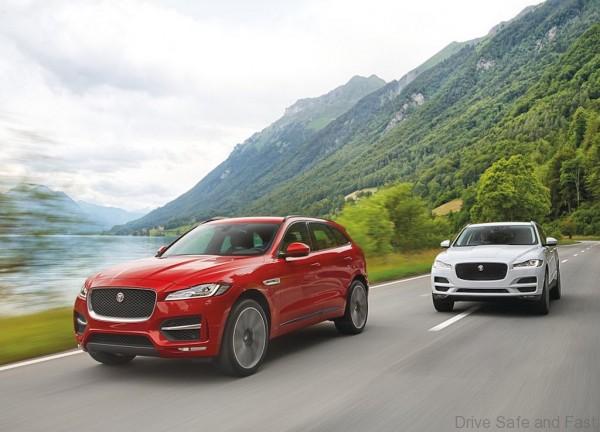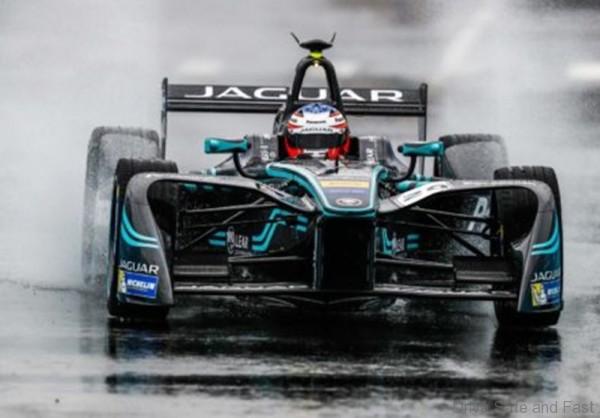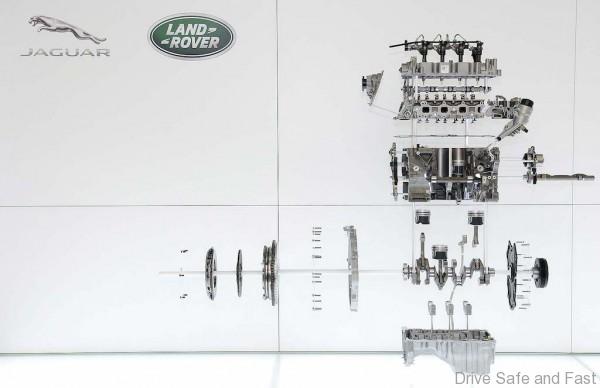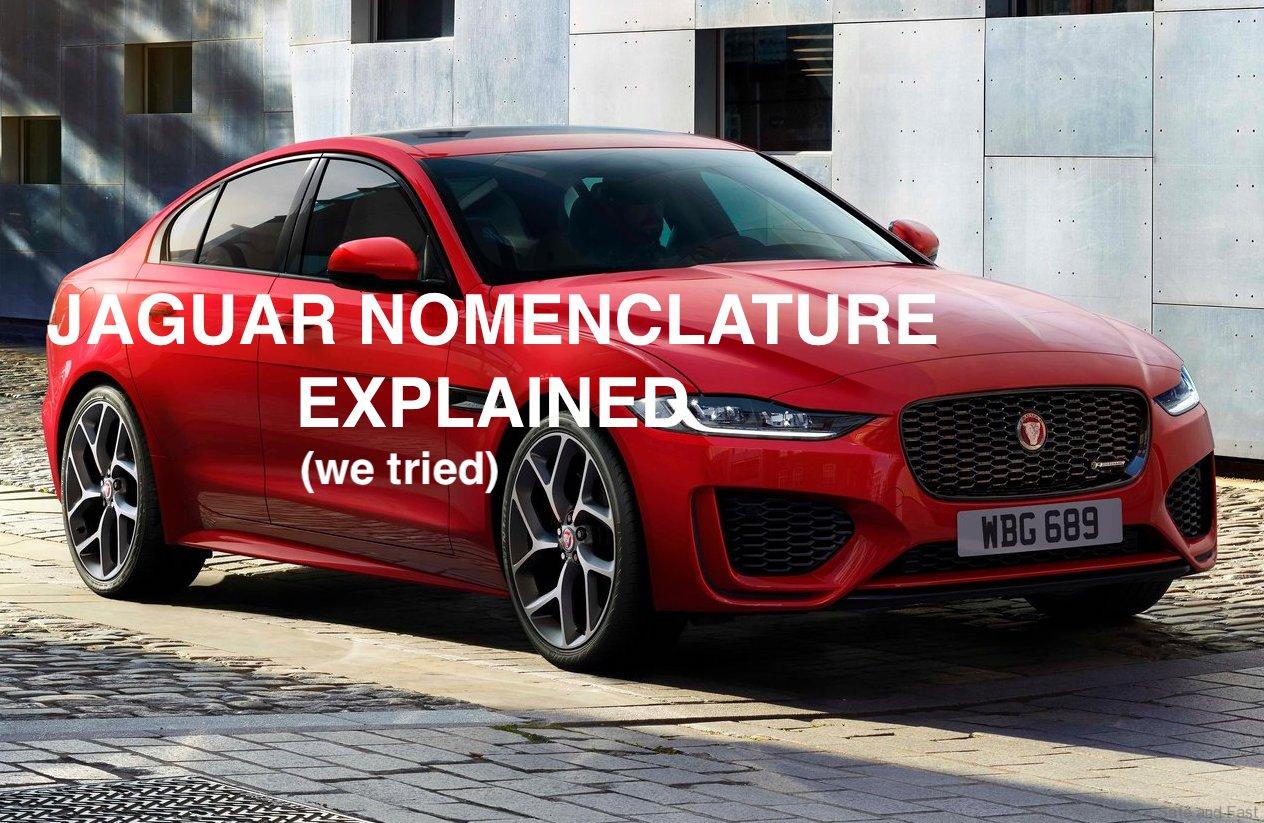Jaguar is one of those premium marques whose portfolio is just large enough for some naming logic to come in. That being said, because the portfolio is a little too small, and underdeveloped, some of the rules may not be quite as ‘universal’.
Let’s begin
A typical Jaguar model is casually referred to in the following way:
“Jaguar F-Pace”
But if you search “Jaguar F-Pace” on a typical listing site, you will find many, many variants. Let’s take the more complete name of a typical Jaguar as an example:
“Jaguar F-Pace 25t R-Sport AWD”

Let’s break that name down:
Jaguar F-Pace 25t R-Sport AWD
Modern Jaguar model names will instantly tell you what body type they are.
1.1 Body type (X-, -Pace, -Type)
Currently, there are three prevailing body types under Jaguar: sedans, crossovers and sportscars.
Sedans
A Jaguar model with 2 alphabets, the first of which begins with ‘X’, then it’s a sedan.
Examples: XE, XF, XJ

Crossovers
A Jaguar model with a letter, followed by a hyphen and then ‘PACE’, is a crossover.
Examples: E-PACE, I-PACE, F-PACE
Sportscars
Right now there’s just one sportscar by Jaguar on sale, the F-Type. Historically, ‘type’ doesn’t signal ‘sportscar’. But the ‘I-Type’ Formula E car and rumours of a ‘J-Type’ hybrid supercar might indicate that Jaguar intends to keep using the word to signify this particular genre.
Examples: F-Type, I-Type (Formula E only), J-Type (rumoured)
1.2 Size or Prestige level (E, F, I, J)
Jaguar often uses alphabets to indicate where each model lies in relation to the other. As ‘F’ comes after ‘E’, and a Jaguar XF is understood to be larger and more prestigious than a Jaguar XE.
This can also be applied for the mainstream crossover models, the E-Pace and F-Pace.

‘I’ is used to denote pure electric Jaguars like the I-Type Formula E car and I-Pace crossover.
To summarize this section then, ‘X’ should indicate sedan, ‘PACE’ should indicate crossover, ‘Type’ should indicate sportscar, and the further down the alphabet you get, the more you’ll be expected to pay.
1.3 Body style (Coupe, Convertible, Saloon, Sportbrake, Long Wheelbase)
Many models come in multiple body styles. These will sometimes be mentioned after the name unless it is the default body style.
Example: XJ vs XJ Long Wheelbase or XE vs XE Sportbrake
2 Powertrain
Ok, this is a little bit tough to explain. There are at least three different ways Jaguar are currently indicating their power output.
2.1 Old Way (descriptive)
The traditional method is usually featured on older models or models with older or larger engines. The F-Type, for instance, will usually have its performance indicated in full 3.0 V6 (380PS) Supercharged Petrol.
2.2 Current Way
Some relatively new vehicles from Jaguar used an interim naming scheme consisting of 2 digits and one lowercase alphabet. The F-Pace, for instance, has its performance indicated in the following way: ’25t’. ‘t’ indicates a turbocharged petrol engine,
Examples include 20d, 25t, 30t

2.3 Future Way
Since 2017, Jaguar Land Rover has been pushing a more streamline way to indicate performance. It consists of 1-2 alphabets and 3 numbers. Cars like the facelifted XE and I-Pace already feature this nomenclature change.
The alphabets indicates the fuel type (P=petrol, EV=electric, D=diesel) while the three digits indicate metric horsepower (PS).
Examples include P300, EV400 and D180.

2.4 Trim Level
Different engines lead to different trim options. So a base model XE D180 might only be available as a Prestige or R-Sport model, but an F-Type with a 5-litre Supercharged V8 engine will be available as an ‘SVR’ model with that trim level.
Trim levels include Prestige, R-Sport, Portfolio, S, Sport, R-Dynamic, SVR
2.5 Driven Wheels
Most Jaguars are rear-wheel drive by default. Whenever
References:
https://www.jaguar.co.uk/build-yours/index.html
Other nomenclature articles:

